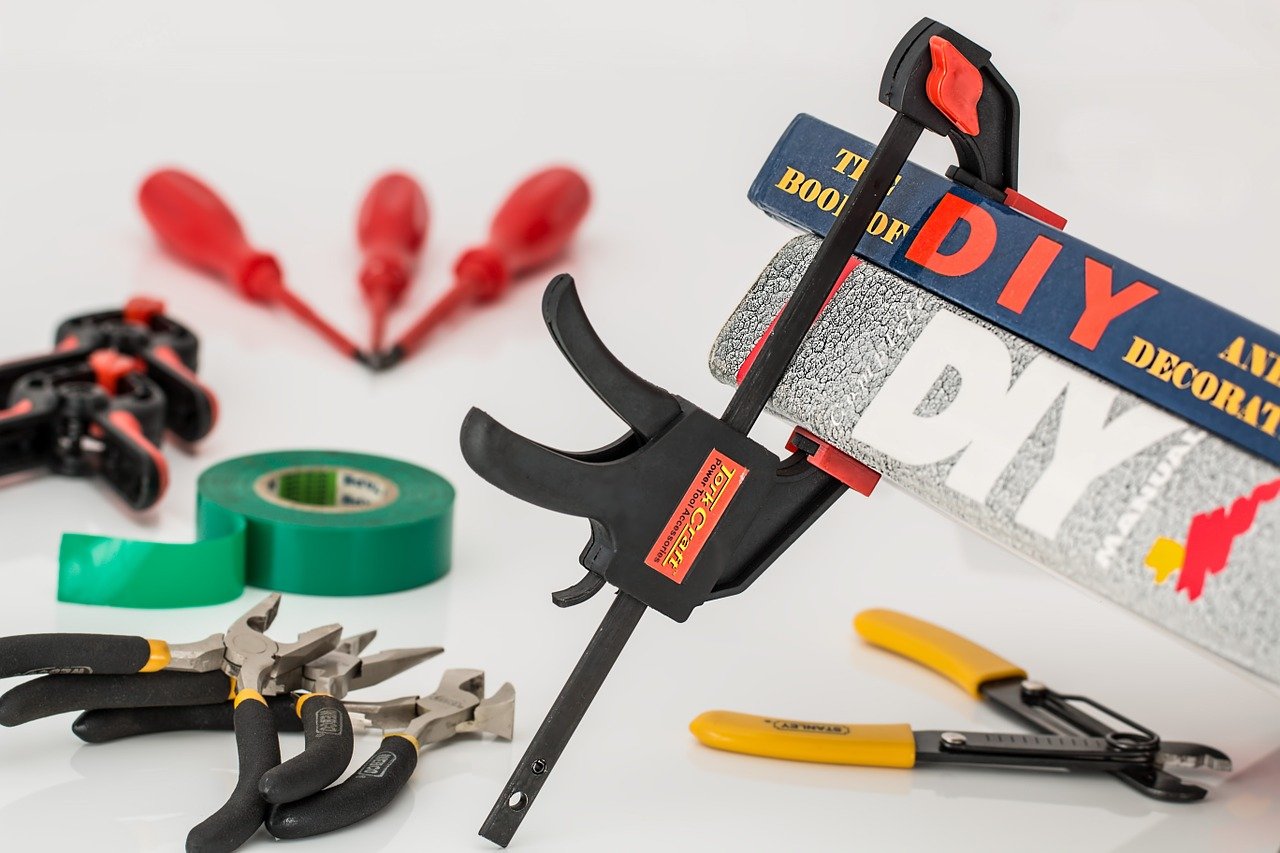If you are looking to clean a building or equipment surface with speed, precision and efficiency, sandblasting is the way to go. Whereas sandblasting is usually used in industrial and commercial settings, it has some applications in the home setting, too.
Also referred to as abrasive blasting, sandblasting involves ejecting a stream of particles or pellets at high speed. When this jet strikes a surface, any rust, old paint or other debris is blasted away. That said, sandblasting is only as effective as the operator’s adherence to good practices. If done incorrectly, sandblasting can be dangerous and damaging.
Here are some of the most common abrasive blasting mistakes you should steer clear of.
1. Disregarding Safety Precautions
Sandblasting streams particles at high speed. If they strike someone’s skin, they can cause injury. Therefore, one of the main safety precautions when abrasive blasting is to cover your skin surface with full-body overalls. These overalls are fairly affordable and often available at a local paint-supply store.
You will also need a heavy pair of gloves. Choose a set that extends up your arms. Leather is a good choice. Just make sure no skin remains exposed between your sleeve and glove. Most important, protect your face. Wear safety glasses. A full-face shield is even better.
Despite wearing the right safety attire, stay out of blasting range whenever possible and make sure there’s no one nearby who is not wearing the appropriate protective clothing. Particles will bounce off the target surface and get blown back in your direction.
2. Using the Wrong Abrasive Material
There is a wide range of abrasive materials you can use for sandblasting. These include sand, copper slag, steel grit, garnet, bicarbonate of soda, walnut shells and sand beads. Different abrasive materials are suitable for different surfaces and abrasive blasting projects. Choosing the wrong abrasive material can lead to extensive damage.
Sand used to be the most commonly used material, but has fallen out of favor due to the risk of silicosis. Glass beads are useful when you want to get rid of stains, mold, mildew and fungus without damaging the surface. For softer surfaces such as brick, you are better off going with walnut shells or bicarbonate of soda.
If you are looking for material that can be recycled and reused multiple times, steel grit is ideal. You can collect and reuse steel grit as much as 100 times.
3. Not Collecting Blasting Material
An amateur mistake in abrasive blasting is allowing your blast material to scatter everywhere and be blown away. Doing so would be like allowing your money to fly away. Sandblasting should occur within a blasting cabinet or an area enclosed by tarp. Once the blasting is complete, abrasive materials should be collected.
This is not only a means of removing waste, but also capturing material for reuse. If you do not have a tarp or blasting cabinet, you can use an old sheet that extends as far around the blast area as is needed to capture the material.
4. Using a Blaster That is Too Small
Blasting units vary in size and power. As you would expect, the smallest and least powerful units are the most affordable. However, the smaller the blasting capacity is, the longer it will take to complete a blasting project. Smaller units must also be started and stopped frequently. If you are working on a large project, it will take longer than necessary to complete the work.
A medium to industrial-sized capacity blaster will get through the task more quickly. Of course, you do not need an industrial blaster for a small, residential-level blasting project. Ultimately, it’s all about striking the right balance.
Mistakes Are Avoidable
You may be embarking on a sandblasting project for the first time, but that does not mean you need to make these common mistakes. Research and plan ahead so you can get the best blasting results possible.




